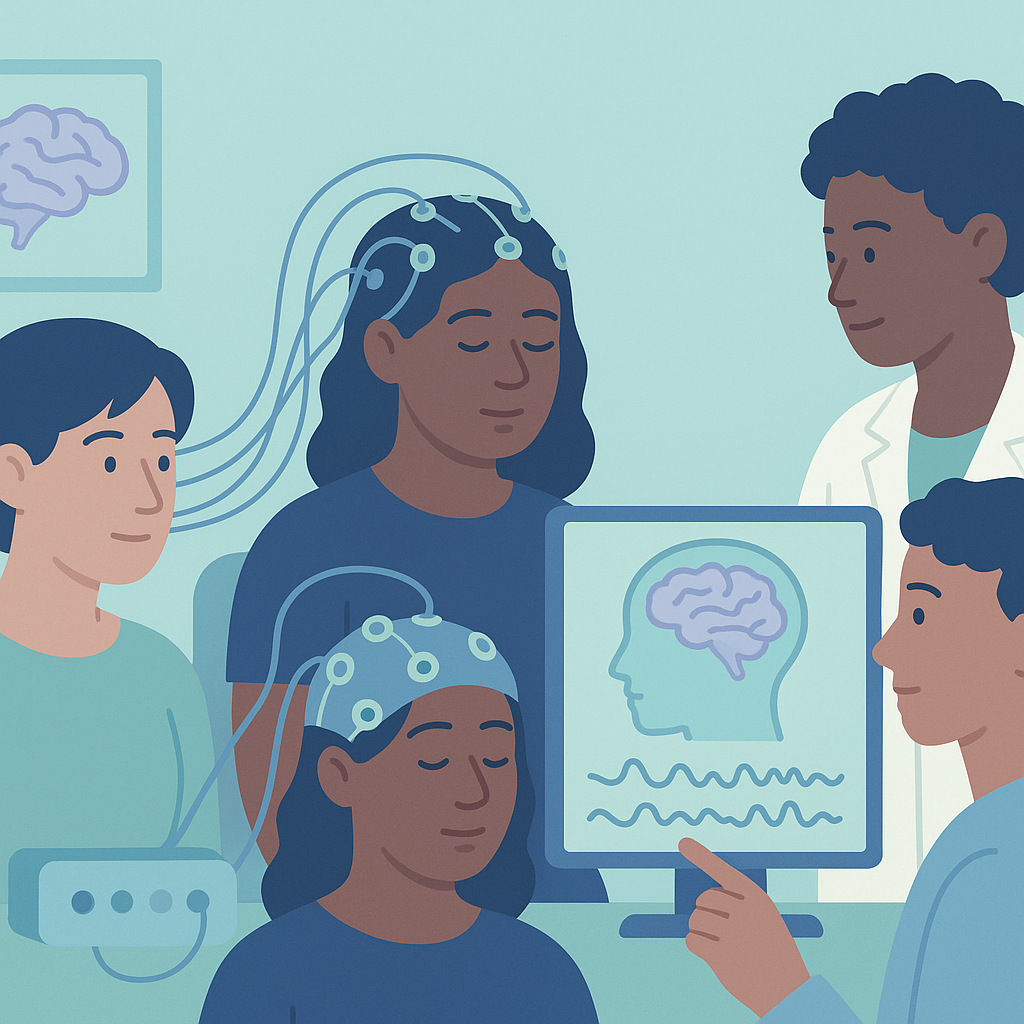New EEG Biomarker Improves Epilepsy Diagnosis Accuracy
Source: IEEE journal of biomedical and health informatics
Summary
Researchers studied a new way to diagnose epilepsy using electroencephalogram (EEG) data, which measures electrical activity in the brain. They focused on 140 people, half of whom were healthy and half who had epilepsy but were not currently having seizures (called the interictal state). The goal was to find a better method to distinguish between healthy brains and those affected by epilepsy, especially since misdiagnosis can lead to serious issues.
The study introduced a new biomarker called the $n$-cylindrical-based symbolic response (nCSR) vector. This method showed a significant improvement in identifying epilepsy, with test precision increasing by over 38% compared to previous methods. The nCSR vector is designed to be reliable and can work well even when the EEG data is messy or inconsistent, making it easier for doctors to use in real-life situations.
This research is important because it could help prevent the misdiagnosis of epilepsy, which can lead to unnecessary treatments and complications. However, the study has limitations, such as the need for further testing in larger and more diverse groups of people. Despite these challenges, the new approach shows promise for improving epilepsy diagnosis and could help bridge the gap between technology and clinical practice.
Free: Seizure First Aid Quick Guide (PDF)
Plus one plain-language weekly digest of new epilepsy research.
Unsubscribe anytime. No medical advice.





